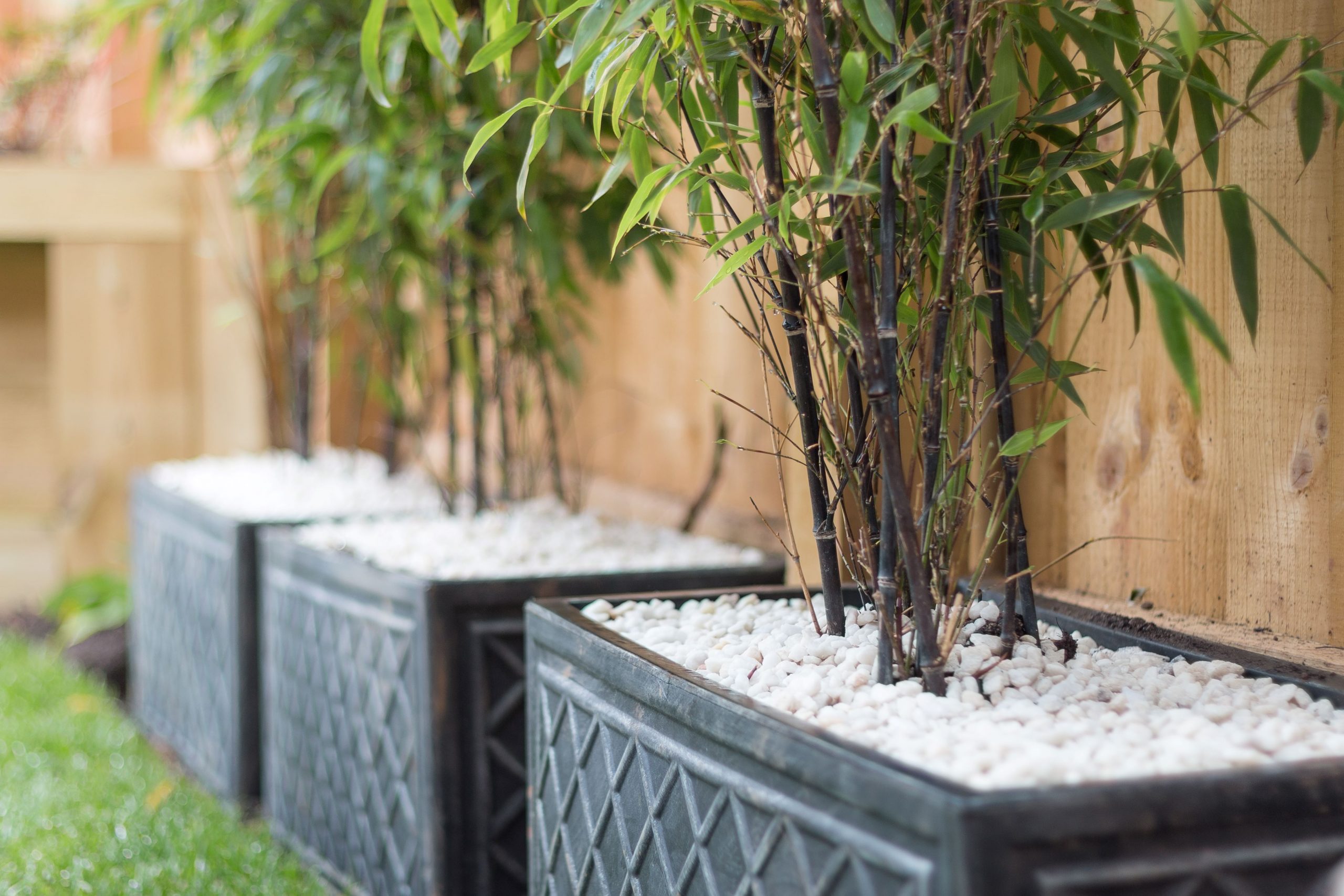Bamboo’s beauty masks the unchecked damage it can do to local landscaping and ecosystems.
DON’T.
That one declarative word was repeated over and over again in response to a query about adding bamboo to landscaping projects. But why the negativity about something that is prized for its tranquil beauty, sustainability, ecological benefits and history as a symbol of luck and prosperity?
“Bamboo is horrible for yards,” said Rachel Davis Newhouse, Landscape Architect for the Maryland-National Capital Park and Planning Commission. “Don’t. Ever. Plant. It.”
“Unless you’re feeding pandas,” she adds with a laugh.
“It’s such an invasive, hard to control planting and it kills the root system of native plants,” said Peter Crouch of McEnearney’s Crouch Realty Group. “It’s like the horror movie The Blob. Run – don’t walk – away from it.”
Crouch, a Top Producer agent with a focus in Alexandria and Fairfax County, has experience in the havoc that bamboo can wreak on a property, including several listings he professionally represented. What he saw was the trauma that bamboo can cause to native plants, the drama it creates with neighbors when bamboo’s prodigious growth travels across property lines, and the costs that arise in trying to tame or eradicate it.
“It can ruin relationships with neighbors,” Crouch said as he recalled clients who had planted bamboo at their Waynewood home that very quickly invaded the surrounding neighbors’ yards. It took a 3.5 foot metal barrier drilled into the perimeter of the property at a cost of $10,000 (over a decade ago) to halt the invasion.
Another client – a botanist, even! – thought planting pygmy bamboo (scientific name Pleioblastus pygmaeus) would be a way to keep the spread in check. Instead, it just created a “carpet of short bamboo that was still out-of-control, just closer to the ground.”
Controlling and removing bamboo is a chore most homeowners are unprepared for. Even with regular, systemic culling of bamboo shoots, the roots can spread wildly underground causing damage to pipes, foundations and other structures. Davis Newhouse recalled neighbors who had to bring in heavy machinery to tear out the roots that had overtaken the backyard. Her husband Jeff Newhouse, also a landscape architect with the Prince George’s Parks & Recreation Department, said they even had a bamboo takeover at a property they owned in Maryland that required him to dig trenches 18-inches into the area’s notoriously rocky soil to block further growth. “The bamboo root system will do whatever it can to move around a barrier,” he explains.
Crouch had clients who had planted bamboo along their riverfront property to stabilize the soil and halt bank erosion, but the moist ground sped up the growing process and created an even worse natural disturbance when they tried to cut it back. It spread to four other properties, reduced visibility, crowded out native species and cost thousands of dollars just to cut the bamboo down to return the river view.
“All it takes is one season to get away from you,” Crouch lamented.
In the absence of pandas to make a tasty snack of bamboo, what can be done to prevent it from taking over? Commercial weed killers often don’t make a dent and can cause even more ecological damage. Instead, Crouch suggests a natural solution made up of industrial strength vinegar poured into bamboo stalks that have been cut down to about 6-inches. He’s heard some have even added epsom salt to make the mixture more caustic.
Davis Newhouse says avoiding bamboo plantings altogether and instead incorporating native plants and other screening flora is the best action. One top choice would be the Leyland Cypress, an affordable, fast-growing and low-maintenance screen evergreen. Lists of plants native to the area can be found at many local resources for DC, Virginia and Maryland, and Davis Newhouse recommends consulting with a landscape architect to properly intersperse colors, textures and seasonal selections to maximize diversity in yards and gardens.
Bamboo is gorgeous in its native environment and is useful for commercial goods, construction, decor and natural remedies. But for homeowners, especially those unprepared for the “biohazard” risks that can occur when the beautiful menace that is bamboo is allowed to grow unfettered, remember … DON’T.
As Crouch observes, “After Armageddon, what will be left are cockroaches and bamboo.”
Don’t miss a post! Get the latest local guides and neighborhood news straight to your inbox!

 Facebook
Facebook
 X
X
 Pinterest
Pinterest
 Copy Link
Copy Link






